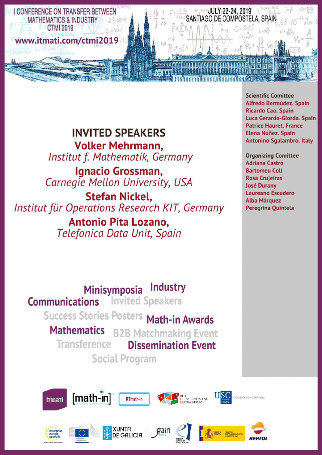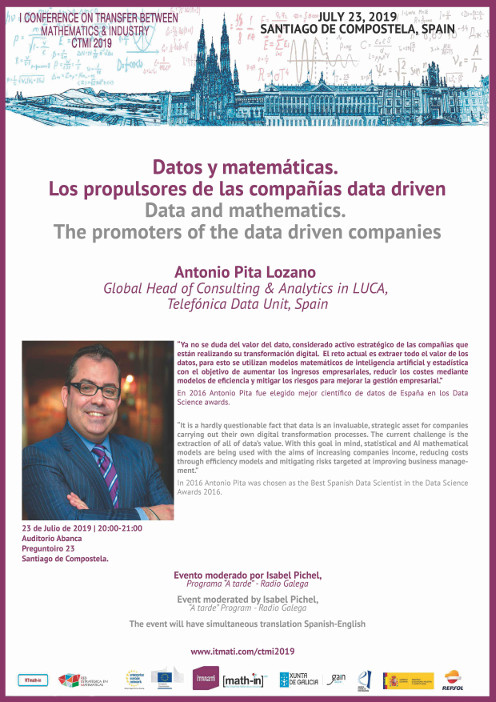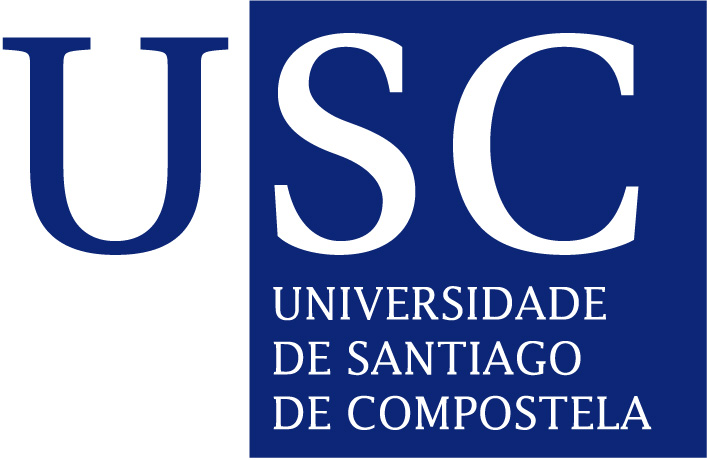Recent Advances in Computational Models for the Discrete and Continuous Optimization Models of Industrial Process Systems
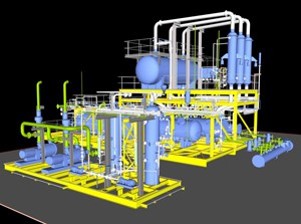 In this talk we give an overview of recent models and algorithms for the discrete and continuous optimization of a variety of challenging applications in Process Systems Engineering, and that have been largely the result of collaborations with industry. We first provide a brief overview of deterministic models based on mixed-integer linear/nonlinear programming (MILP/MINLP) to highlight the progress that has been made. Next, we provide a brief review of global optimization for which the progress is illustrated with the synthesis of integrated water networks, with the design of centralized and distributed manufacturing for biomass, and with the design and planning of infrastructures for shale gas production that involve large scale nonconvex MINLP models. In order to improve the prediction of lower bounds for convex and nonconvex MINLP problems, we describe theoretical procedures based on generalized disjunctive programming for strengthening the corresponding continuous relaxations, and for which effective cutting plane methods have been developed as will be shown with numerical results on test problems.
In this talk we give an overview of recent models and algorithms for the discrete and continuous optimization of a variety of challenging applications in Process Systems Engineering, and that have been largely the result of collaborations with industry. We first provide a brief overview of deterministic models based on mixed-integer linear/nonlinear programming (MILP/MINLP) to highlight the progress that has been made. Next, we provide a brief review of global optimization for which the progress is illustrated with the synthesis of integrated water networks, with the design of centralized and distributed manufacturing for biomass, and with the design and planning of infrastructures for shale gas production that involve large scale nonconvex MINLP models. In order to improve the prediction of lower bounds for convex and nonconvex MINLP problems, we describe theoretical procedures based on generalized disjunctive programming for strengthening the corresponding continuous relaxations, and for which effective cutting plane methods have been developed as will be shown with numerical results on test problems. 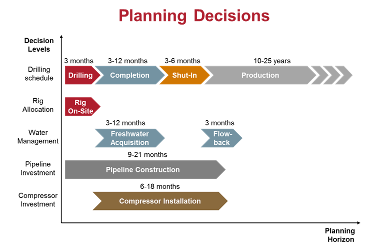 Finally, we address the handling of uncertainty in discrete/continuous models through approaches that are based on robust optimization and stochastic programming. For the former, we consider affine-adjustable recourse to avoid overly conservative results, and which is illustrated in cryogenic storage in air separation plants that participate in the electricity and operating reserve markets. For the case of stochastic programming, we consider first the development of strategies based on decomposition and that can handle a very large number of scenario; this we illustrate with optimal design of supply chains that are subjected to disruptions in their distribution centers. Finally, we consider multistage stochastic programming models that involve exogenous and endogenous parameters for which effective theoretical and solution methods are proposed. These are applied to the design and planning of offshore facilities with uncertain crude oil prices and reservoir sizes.
Finally, we address the handling of uncertainty in discrete/continuous models through approaches that are based on robust optimization and stochastic programming. For the former, we consider affine-adjustable recourse to avoid overly conservative results, and which is illustrated in cryogenic storage in air separation plants that participate in the electricity and operating reserve markets. For the case of stochastic programming, we consider first the development of strategies based on decomposition and that can handle a very large number of scenario; this we illustrate with optimal design of supply chains that are subjected to disruptions in their distribution centers. Finally, we consider multistage stochastic programming models that involve exogenous and endogenous parameters for which effective theoretical and solution methods are proposed. These are applied to the design and planning of offshore facilities with uncertain crude oil prices and reservoir sizes.
*Pictures (source) courtesy by the invited speaker



